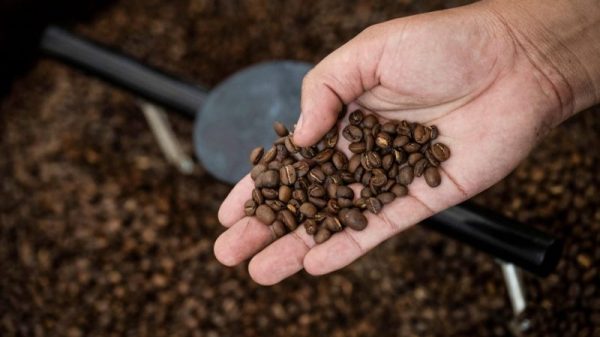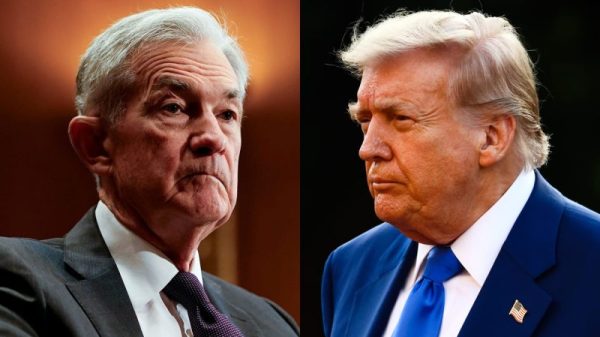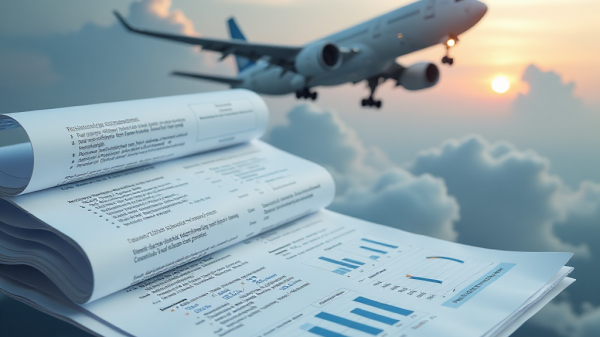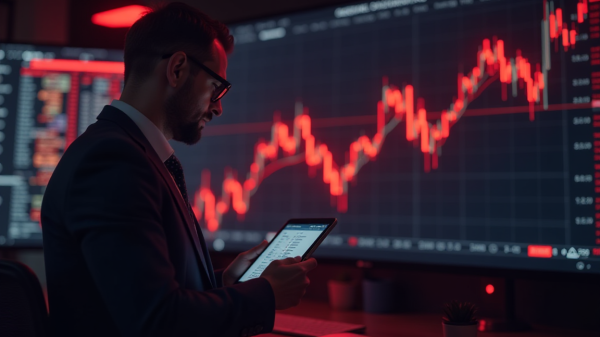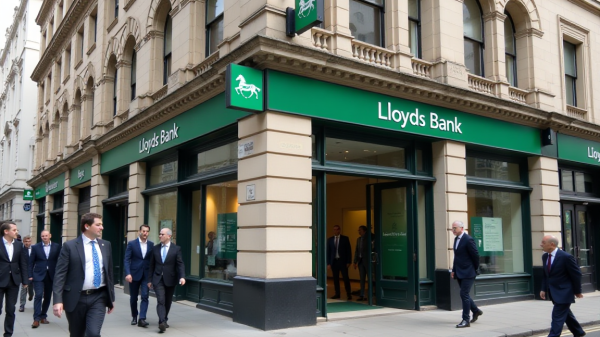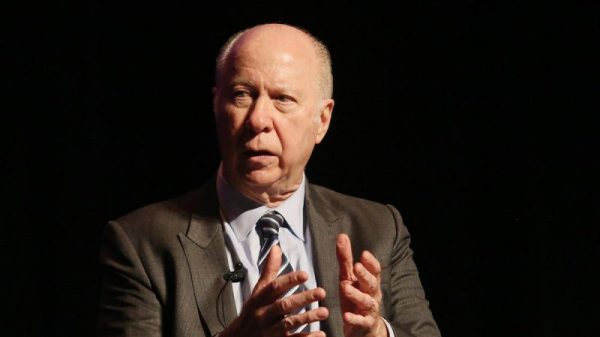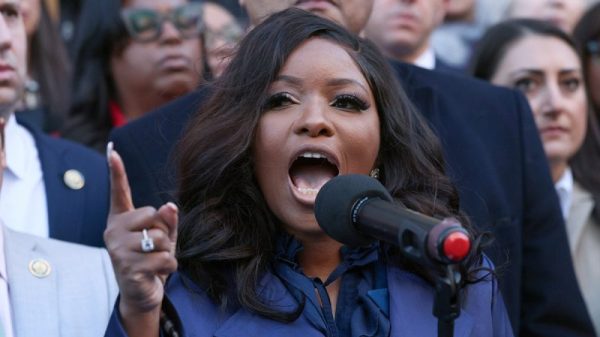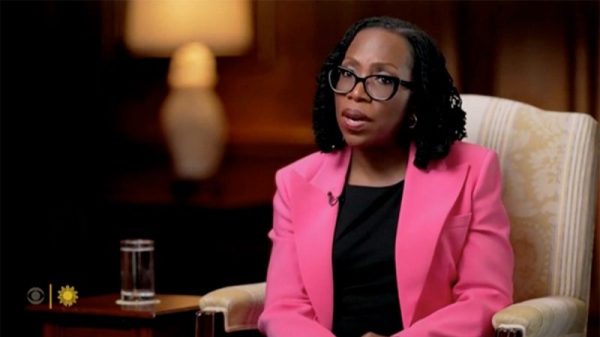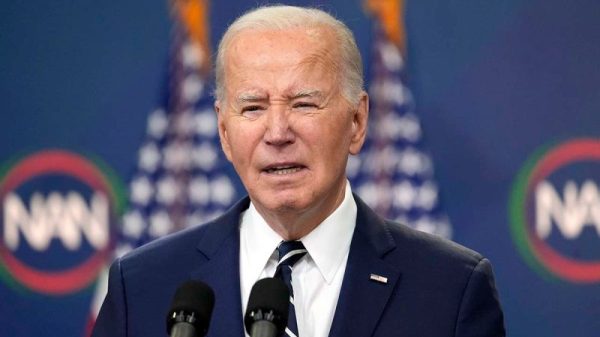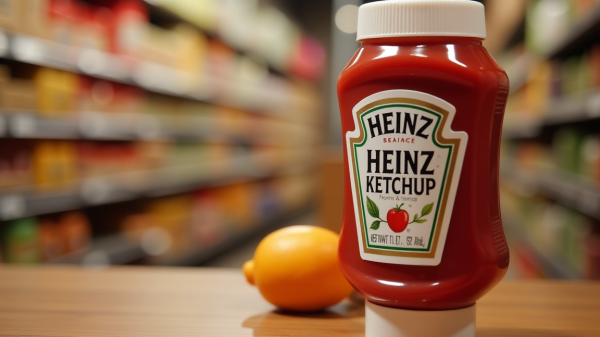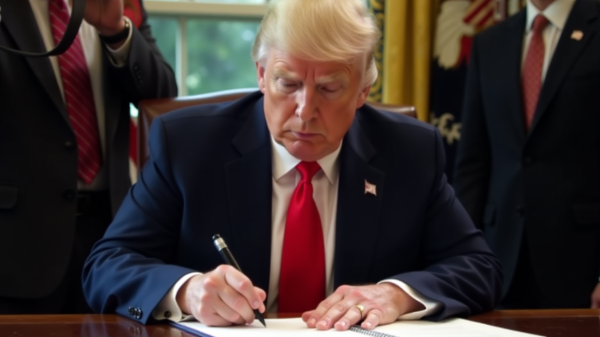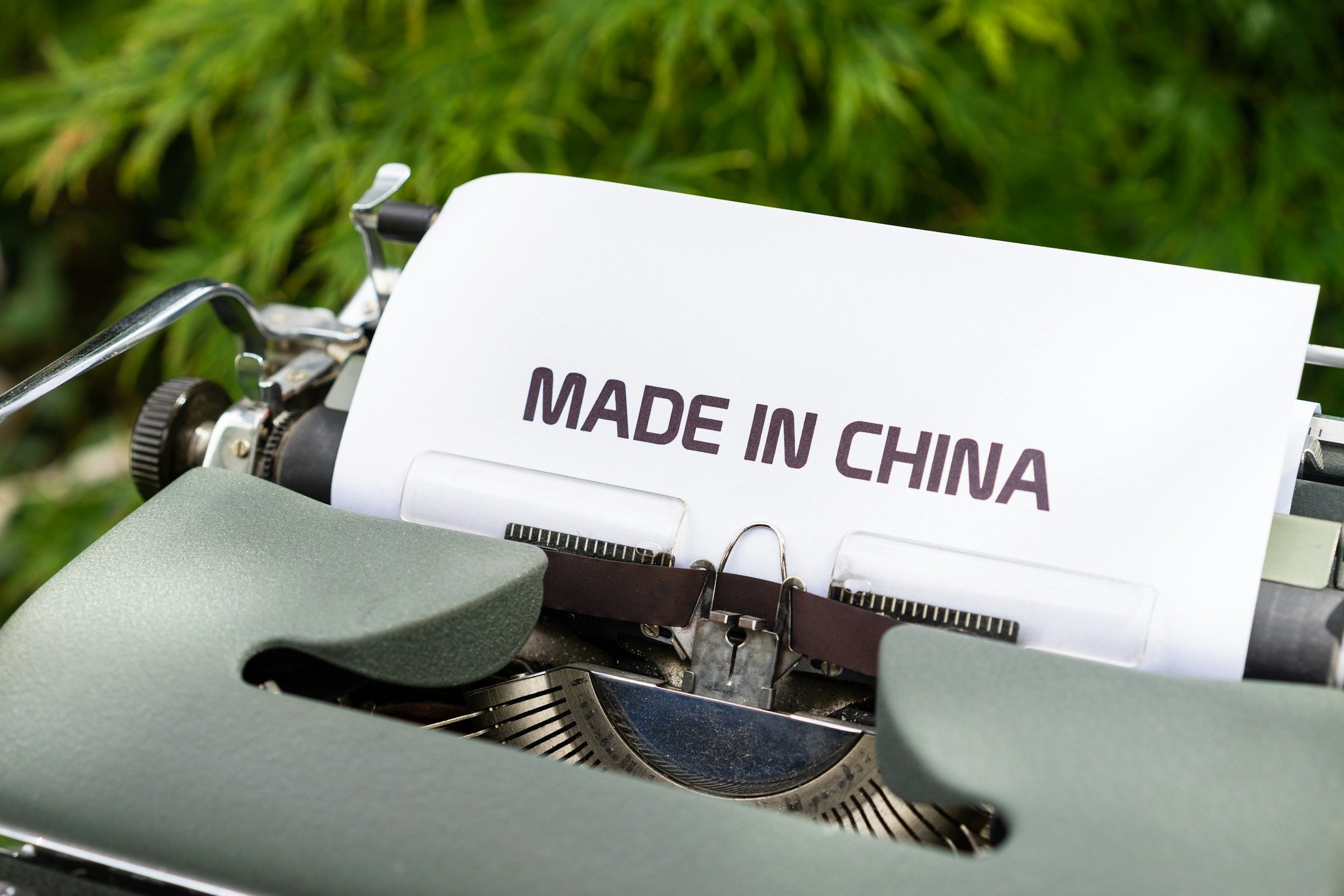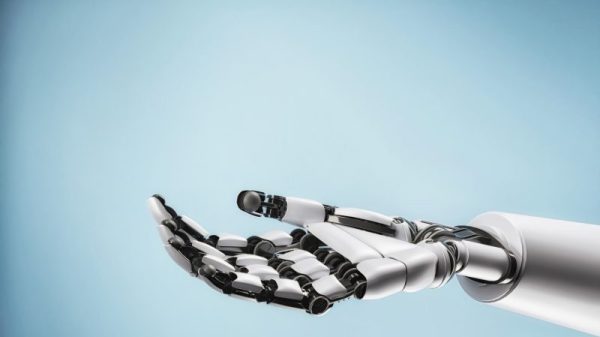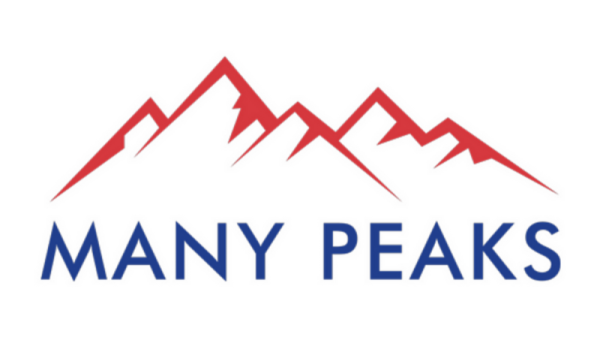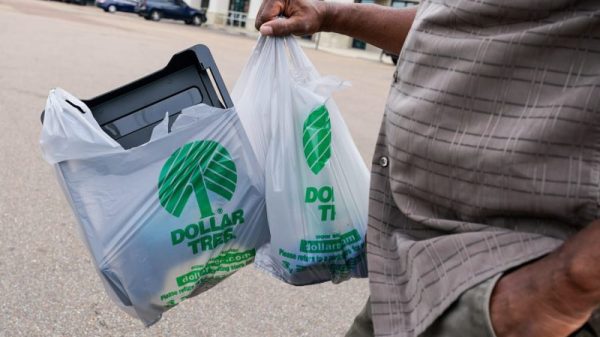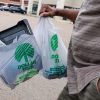China’s manufacturing activity grew at its fastest pace in a year in March, reflecting the impact of Beijing’s stimulus measures on economic recovery.
However, escalating trade tensions with the US present challenges to sustained growth.
China’s manufacturing PMI rises
The official purchasing managers’ index (PMI) reached 50.5 in March, according to data from the National Bureau of Statistics.
This marks the highest level since March last year and aligns with economists’ expectations.
The index had moved above the 50-point threshold in February, rising to 50.2 from 49.1 in January, as production picked up after the Lunar New Year holiday.
The sub-index for production increased to 52.6, while new orders climbed to 51.8, indicating improvements in supply and demand.
However, the employment sub-index fell to 48.2, suggesting continued softness in the labour market.
Non-manufacturing activity, which includes services and construction, also showed improvement, with its PMI rising to 50.8, the highest in three months.
The employment sub-index for this sector declined to 45.8, reflecting labour market weakness across both services and construction.
The Caixin/S&P Global manufacturing PMI, a private-sector survey due on Tuesday, is projected to show a further increase in activity, rising to 51.1 from 50.8 in February.
China’s stimulus measures
Chinese policymakers have been ramping up monetary and fiscal stimulus to support a growth target of “around 5%” for the year while countering the impact of US tariffs.
Measures include an expanded consumer goods trade-in scheme to spur domestic demand and increased government debt issuance to address housing market and deflationary concerns.
China has raised its budget deficit target to around 4% of GDP for 2025, up from 3% last year, signaling a commitment to greater fiscal support.
The government has committed to additional fiscal stimulus, higher debt issuance, and further monetary easing while emphasizing domestic demand to mitigate the trade war’s impact.
In an effort to reassure foreign businesses amid US President Donald Trump’s tariff threats, Chinese President Xi Jinping met with multinational CEOs last week, urging them to safeguard global industry and supply chains.
Trump’s tariffs on China
Exports, which had been a bright spot for the economy, have slowed in the first two months of the year, growing at their weakest pace since April last year.
Analysts attribute this to exporters front-loading shipments ahead of anticipated tariffs.
President Trump has imposed an additional 20% tariff on Chinese goods over concerns related to illicit fentanyl trade, prompting Beijing to retaliate with tariffs of up to 15% on select US energy and agricultural products.
Further measures are expected, with Trump set to announce “reciprocal” tariffs on April 2, potentially increasing duties on Chinese imports.
He has also suggested he may reduce tariffs in exchange for Beijing’s support in facilitating the sale of TikTok in the US.
The post China’s manufacturing hits 1-year peak as economic stimulus measures kick in appeared first on Invezz

